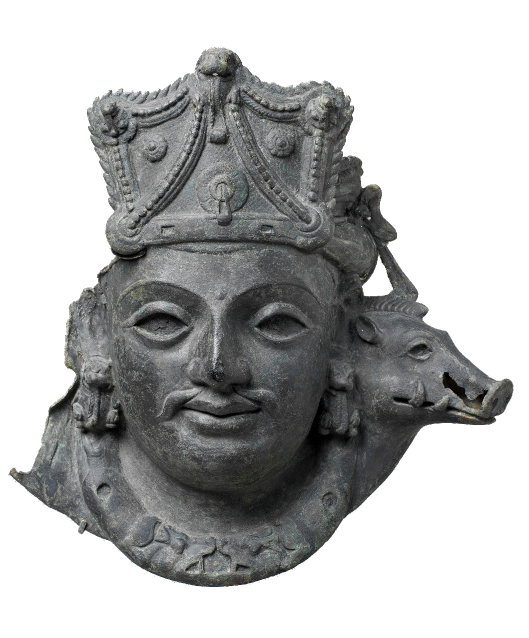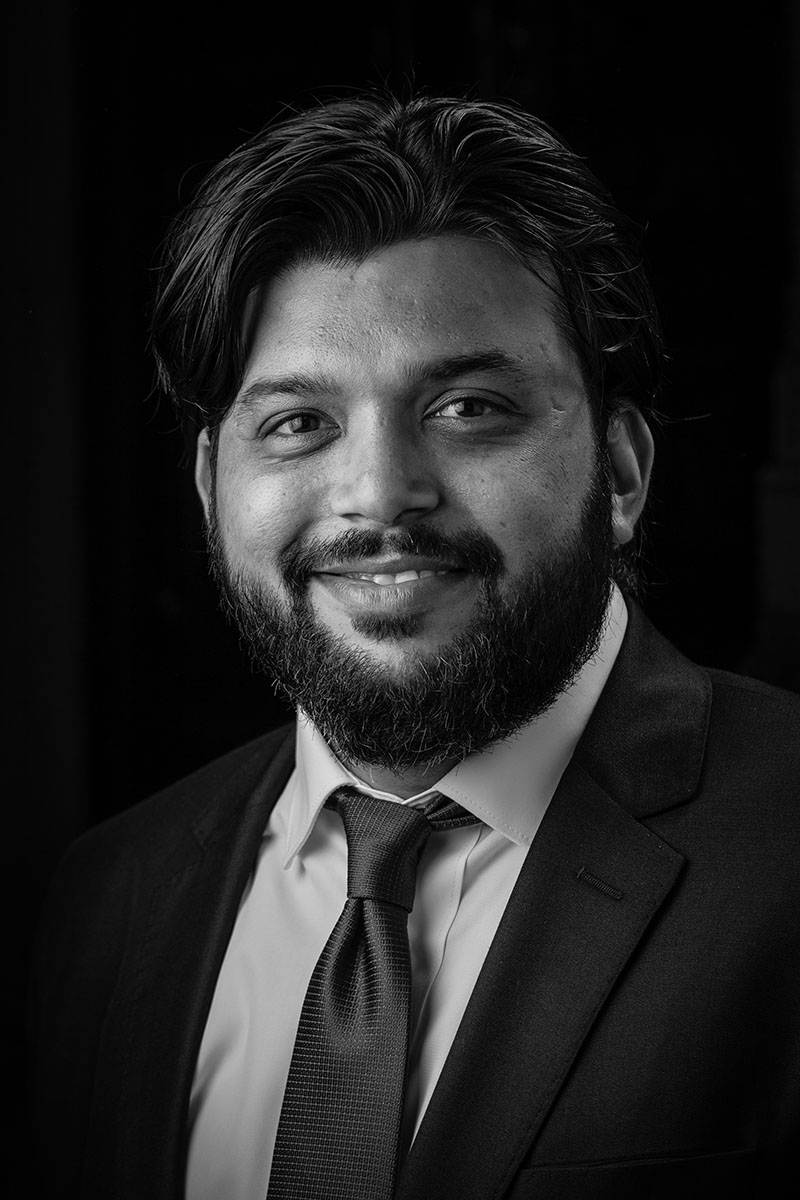ARTICLE
Danish Siddiqui b. 1983; d. 2021
Bibliography
Adams, Tim. “The Big Picture: Danish Siddiqui’s Vivid Image of Mumbai Street Life.” The Guardian, August 6, 2023. Accessed June 26, 2024. https://www.theguardian.com/artanddesign/2023/aug/06/the-big-picture-danish-siddiquis-vivid-image-of-mumbai-street-life.
“Danish Siddiqui.” Committee for the Protection of Journalists, July 29, 2021. Accessed June 26, 2024. https://cpj.org/data/people/danish-siddiqui/.
“Danish Siddiqui.” Reuters, n.d. Accessed June 26, 2024. https://widerimage.reuters.com/photographer/danish-siddiqui.html.
“Documenting India’s Greatest Healthcare Crisis.” Visa pour l’Image, 2021. Accessed June 26, 2024. https://www.visapourlimage.com/en/festival/exhibitions/documenter-la-plus-grande-crise-sanitaire-en-inde.
Ferris-Rotman, Amie. “Is It Curtains for Afghanistan’s Fading Silver Screen?” Reuters, May 17, 2012. Accessed June 26, 2024. https://www.reuters.com/article/world/us/is-it-curtains-for-afghanistan-s-fading-silver-screen-idUSL4E8GE73V/.
Gopalakrishnan, Raju. “Reuters Wins Pulitzer for Intimate, Devastating Images of India’s Pandemic.” Reuters, June 17, 2022. Accessed June 25, 2024. https://www.reuters.com/investigates/special-report/usa-pulitzer-india/.
Gopalakrishnan, Raju, and Mike Collett-White. “Reuters Photographer Danish Siddiqui Captured the People Behind the Story.” Reuters, July 27, 2021. Accessed June 25, 2024. https://widerimage.reuters.com/story/obituary-reuters-photographer-danish-siddiqui-captured-the-people-behind-the-story.
India Today Web Desk. “Danish Siddiqui’s 10 Powerful Images That Tell a Story: His Finest Pictures.” India Today, July 17, 2021. Accessed June 26, 2024. https://www.indiatoday.in/india/story/danish-siddiqui-10-powerful-images-that-tell-a-story-his-finest-pictures-1828981-2021-07-16.
NDTV Education Team. “Jamia Millia’s AJK-MCRC Alumnus Receives Pulitzer Prize for Photography.” NDTV, April 19, 2018. Accessed June 25, 2024. https://www.ndtv.com/education/pulitzer-prize-jamia-millia-islamia-jmi-s-ajk-mcrc-alumnus-danish-siddiqui-receives-for-photography-1839939.
Out Bureau, PTI. “Danish Siddiqui Posthumously Gets Mumbai Press Club’s RedInk Award.” The Telegraph, December 30, 2021. Accessed June 26, 2024. https://www.telegraphindia.com/india/danish-siddiqui-posthumously-gets-mumbai-press-clubs-redink-award/cid/1845440.
Outlook Web Desk. “All About Danish Siddiqui, the Slain Indian Journalist Who Won Second Pulitzer Prize.” Outlook India, May 10, 2022. Accessed June 25, 2024. https://www.outlookindia.com/national/all-about-danish-siddiqui-the-slain-indian-journalist-who-won-second-pulitzer-prize-news-195871.
Raman, Sruthi Ganapathy. “‘Everyone Was in Pain’: Meet the Two Indians Who Won Pulitzers for Photographing the Rohingya Crisis.” Scroll.in, April 18, 2018. Accessed June 25, 2024. https://scroll.in/article/875962/everyone-was-in-pain-meet-the-two-indians-who-won-pulitzers-for-photographing-the-rohingya-crisis.
Sarkar, Soumashree. “Struggle, Conflict and Small Joys: A Selection of Danish Siddiqui’s Photographs.” The Wire, July 16, 2021. Accessed June 26, 2024. https://thewire.in/media/danish-siddiqui-reuters-in-photos.
Scroll Staff. “Danish Siddiqui, Three Other Reuters Photographers Win Pulitzers for Images of India’s Covid Crisis.” Scroll.in. May 10, 2022. Accessed June 25, 2024. https://scroll.in/latest/1023584/four-reuters-photographers-win-pulitzer-for-images-of-indias-covid-crisis.
Telegraph Obituaries. “Danish Siddiqui, Photographer Who Shared the Pulitzer Prize for His Work during the Rohingya Crisis: Obituary.” The Telegraph, August 4, 2021. Accessed June 15, 2025. https://www.telegraph.co.uk/obituaries/2021/08/04/danish-siddiqui-photographer-shared-pulitzer-prize-work-rohingya/.







